8 Amazing New Technologies That Will Make America's Military Even Stronger


Cyberthreats are where much of the action is for today’s military, but war planners haven’t forgotten the need to keep up with traditional ways of enhancing America’s defense: weapons and the means to deliver them.
Here’s a glimpse of the next array of high-tech systems in development at companies and labs partnering with the Defense Advanced Research Projects Agency (DARPA), the science and weapons development arm of the Defense Department, as well as other research outfits.
Check out these 8 technologies that could change warfare.
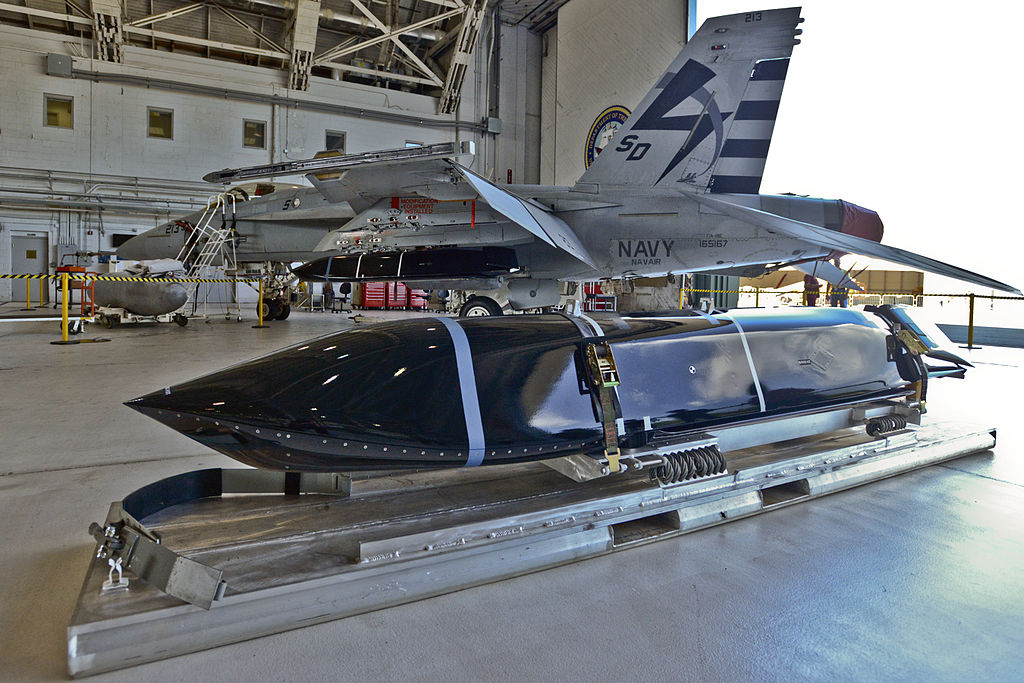
Super-Smart Cruise Missile
One of the Navy's next weapons, the Long Range Anti-Ship Missile, is an evolution of an existing idea, the cruise missile, but, boy, is it smarter. Cruise missiles were originally conceived to deliver a nuclear warhead deep inside the Soviet Union by flying a pre-planned route to specific coordinates. But the LRASM is all about flexibility and autonomy, designed to find and destroy a specific target in a crowded environment -- say, the South China Sea, for example. Its development by DARPA, in fact, was spurred by a request from the U.S. Pacific Command.
If a neutral ship gets in its path, the missile will fly over it. If a group of missiles is launched at a group of enemy ships, each will stick to its designated target — instead of, say, all missiles locking on the closest or largest ship.
The missile is itself stealthy to radar and emits no signals that defending ships could lock onto to shoot it down. It is being deployed first on the F/A 18 strike aircraft and B1-B bomber, but development continues to be able to let a ship launch the missile directly.

Speedy, Stealthy Armored Vehicles
When it comes to military armored vehicles, the trend has been: Bigger is better. Where once soldiers traveled in Humvees, now they use hulking Mine-Resistant Ambush Protected vehicles (MRAPs). The price of protection has been the loss of speed and mobility. DARPA is hoping to shake things up with its Ground X-Vehicle Technologies program, which has tasked a range of companies to come up with vehicles whose priority is to avoid getting hit. The demanding list of criteria include:
- Reduce vehicle size and weight by 50 percent
- Reduce onboard crew needed to operate vehicle by 50 percent
- Increase vehicle speed by 100 percent
- Access 95 percent of terrain
Windows remain a weak point in armor, so some of the proposed designs do away with them. The future is in cameras and sensors that would support, in DARPA's words, "high-resolution, 360-degree visualization of data from multiple onboard sensors and technologies to support closed-cockpit vehicle operations." This program is relatively preliminary; DARPA is still seeking input.

Disappearing Devices
DARPA researchers are developing self-destructing electronic components, such as small polymer panels that sublimate directly from a solid phase to a gas phase, and electronics-bearing glass strips with high-stress inner anatomies that can be readily triggered to shatter into ultra-fine particles after use.
Why would anyone want such a thing? To prevent sensitive technologies from falling into the hands of an enemy, or — like unexploded ordnance — becoming an environmental hazard. A small drone could navigate unfamiliar territory, relay imagery back to both fighters on the ground and commanders a continent away, and then drop to earth with its design secrets nothing but useless dust. The program is called Vanishing Programmable Resources (VAPR). DARPA has seen enough progress on this front that they've allocated additional money to take the concept of vanishing even further: to small delivery vehicles that could be air-dropped, bringing water, batteries or emergency medical supplies to the ground, and then disappear.

Guns to Plowshares, Bullets to Flowers
Disappearing is also the trick of a new type of artillery ammunition the Army is considering. Hundreds of thousands of shells are sent downrange every year in training. Heavy metals, including lead, are left behind, posing environmental hazards. Plus, those rounds can make the land unusable for, say, farmers, who wouldn't know if a shell they encountered in their fields was live or a dummy. One potential solution: a biodegradable shell that would include seeds to encourage re-growth. In fact, the government specifies "environmentally friendly plants that remove soil contaminants and consume the biodegradable components developed under this project." At the same time, the plants need to be safe for animals to consume. The Army's solicitation is part of its small-business technology outreach program.
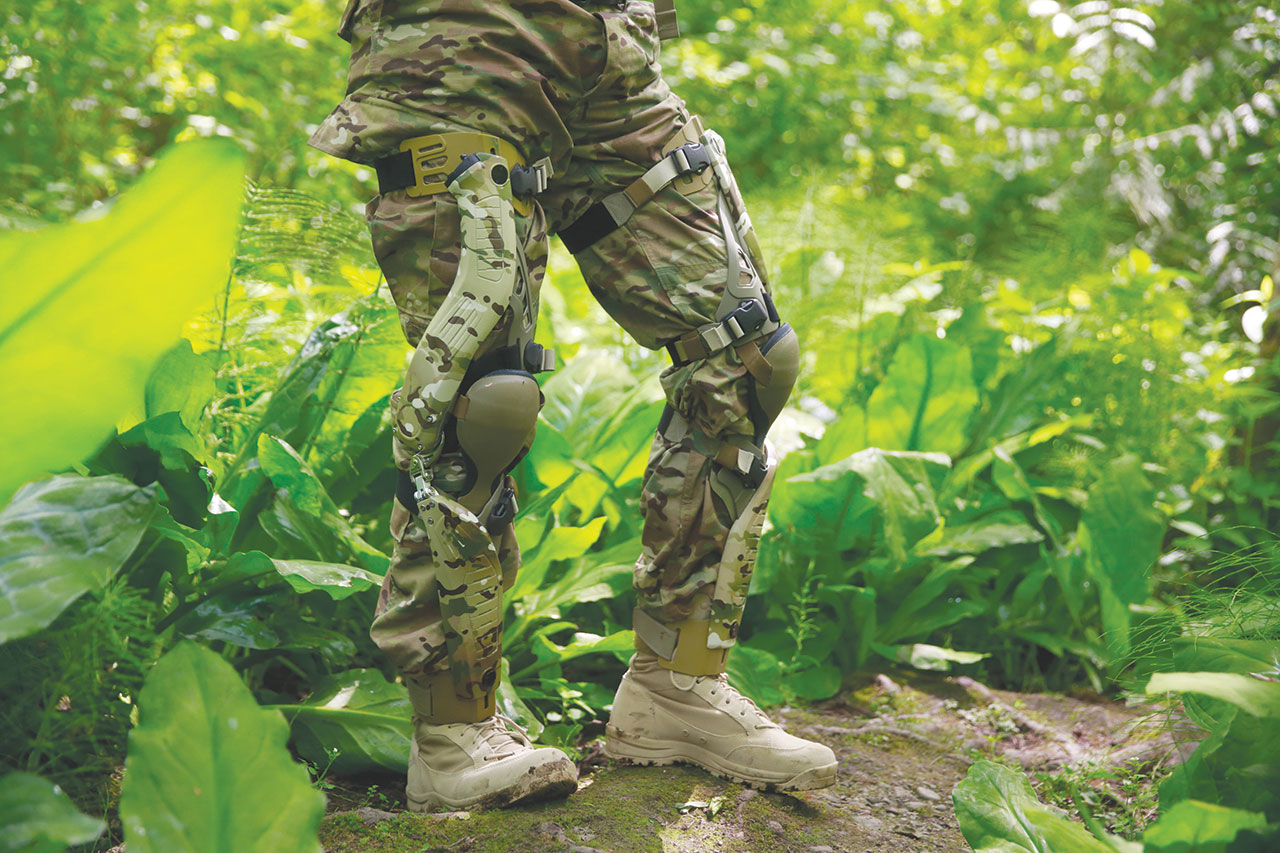
Making Electricity While On the March
On today's battlefield, ever more devices need electric power. This bionic device, known as PowerWalk, generates electricity from a fighter's own gait, power that can be used to recharge computers, radios, mobile phones and the like — and reduce the number of batteries that need to be carried into the field. That can free up space for other supplies, such as food, water, or ammunition.
Think of it as a wearable elliptical machine. The power demand is minimal when the wearer is raising his or her leg, but higher on the descending portion of the stride. While moving on a level surface, a user generates about 10 watts of electricity, which the PowerWalk’s designer, Vancouver-based Bionic Power, says is enough to charge as many as four smart phones in an hour. The PowerWalk doesn’t store any energy itself, but passes it on to the soldier’s electronics that need the juice.
The Army Natick Soldier Research, Development and Engineering Center in Massachusetts will be field-testing the devices this year.
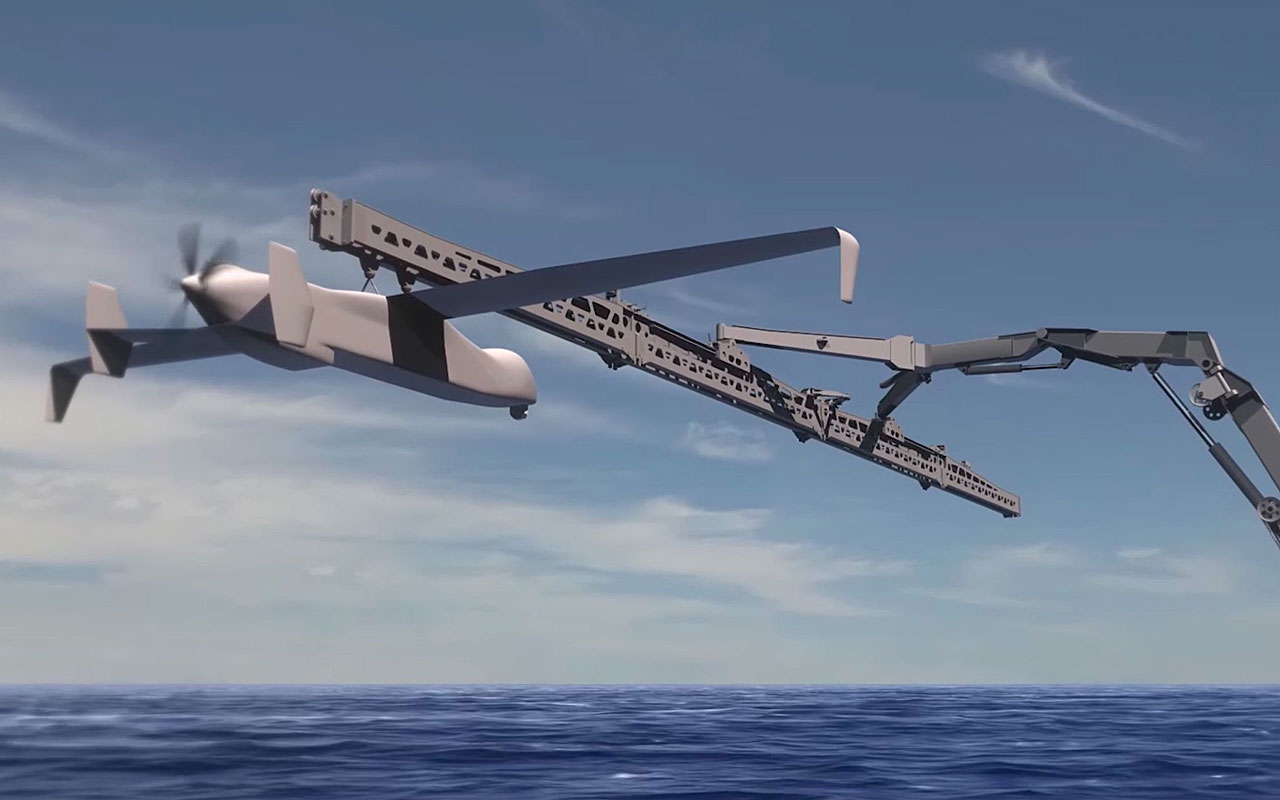
An Aircraft Carrier for Drones (Minus the Ship)
Drones are where all the action is in the air these days. But as many people who got one for the holidays can tell you, it's one thing to fly a drone but another entirely to land one safely.
The military has the same problem, particularly among horizontally flying drones (think airplane rather than helicopter) that it wants to launch and capture without a proper runway, whether out in the field or at sea. Currently, smaller drones are often retrieved using nets, a hard "landing" that can stress the drone, and some are simply not retrieved and written off.
The DARPA-funded SideArm project is meant to do away with catching unmanned aerial systems (military-speak for drones) like butterflies, using instead a catapult-and-hook system whose operating principles mimic the rapid-fire takeoff and recovery of combat aircraft from aircraft carriers.
Unlike those massive ships, the SideArm is small enough to fit in a standard 20-foot shipping container, and can be mounted on a ship or a truck, or just sit right on the ground. In recent testing with Aurora Flight Sciences of Manassas, Va., SideArm was able to snag a 400-pound Lockheed Martin Fury UAS, and data from the test showed the system should be capable of catching a drone weighing up to 1,100 pounds.
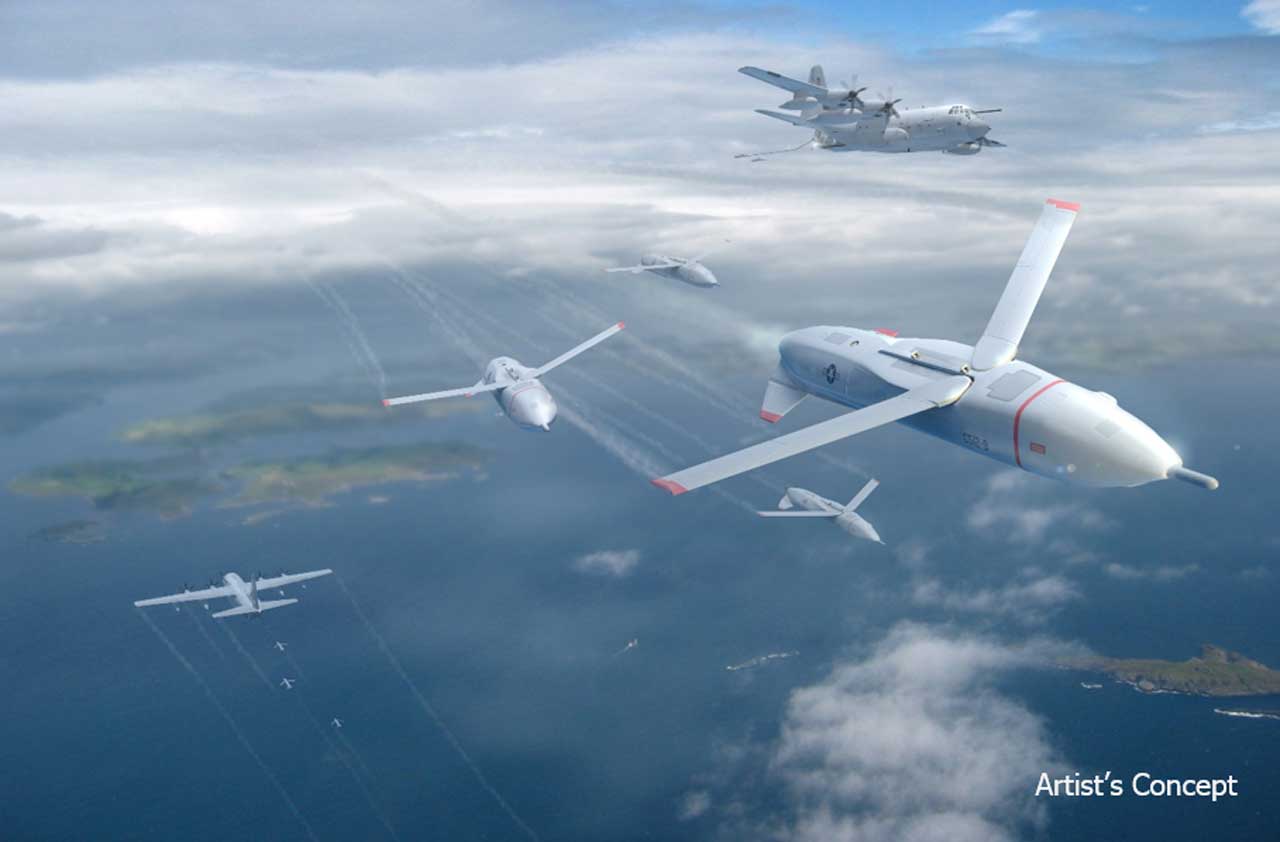
An Aircraft Carrier for Drones (in the Sky)
Even more ambitious, when it comes to launching and retrieving drones, is DARPA's Gremlins program, which envisions low-cost, reusable unmanned aerial systems that could be dropped by a variety of aircraft (even another drone!), do their work, then return to another plane for airborne recovery.
One of the hoped-for upsides of this complicated aerial ballet is the ability to reuse the drone (about 20 uses is envisioned). Currently, the military often relies on expendable unmanned systems for this sort of work. Those drones don't come home from their missions, even if they've survived their environment.
DARPA has awarded research contracts to two teams, one led by Dynetics Inc. of Huntsville, Al., and one by General Atomics Aeronautical Systems Inc. of San Diego, and flight tests are envisioned in 2019.
Oh, and the name? Gremlins were imaginary, mischievous imps that British pilots considered both a troublemaking nemesis and good-luck charms — and later popularized in a Roald Dahl book.
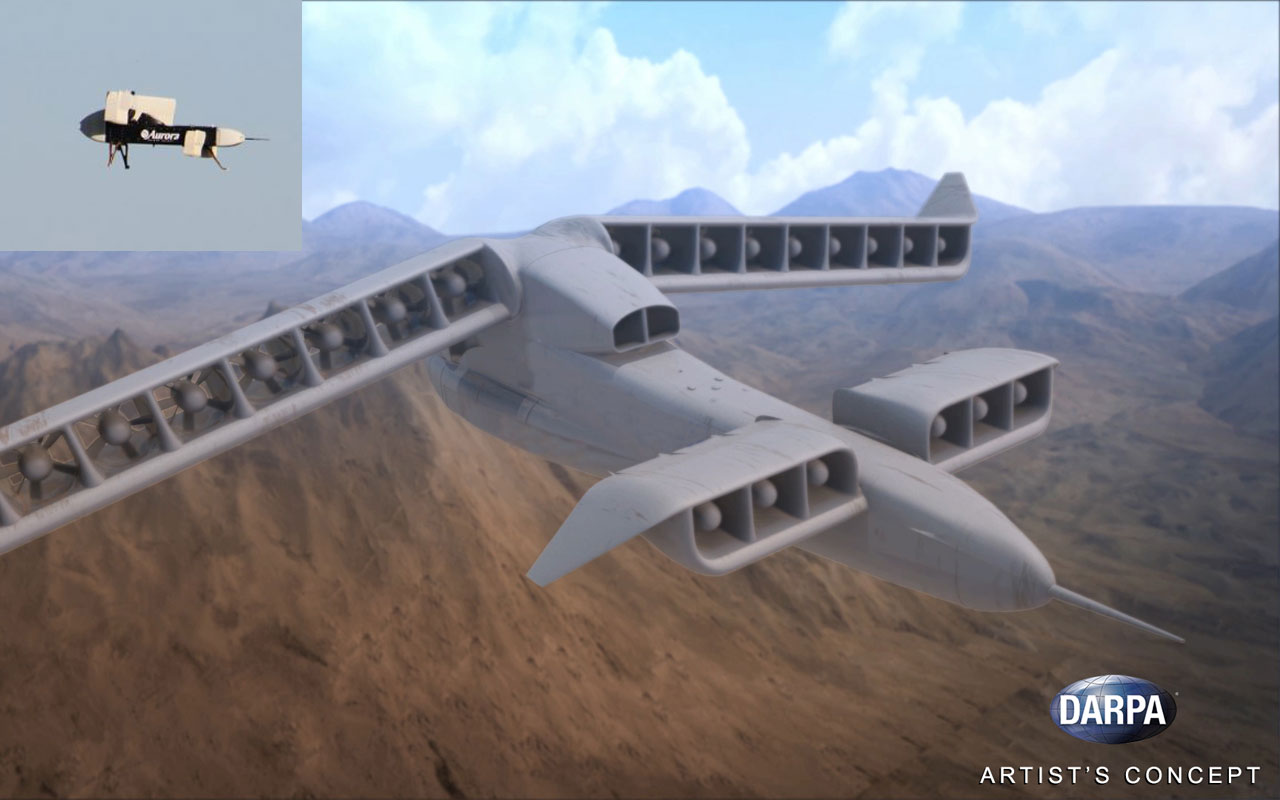
Vertical-Takeoff Airplane
Vertical-takeoff airplanes have been built — the best known is probably the Marines’ V-22 Osprey, which can shift its giant blades from working like helicopter rotors for liftoff and landing to propellers for fast horizontal flight when flying troops and equipment in and out of battle.
But the Osprey’s design dates to the early 1980s (it had a long, controversial development), and DARPA is already thinking about an improved version, via the VTOL Experimental Plane program, which calls for a craft that’s faster, performs better in a hover and carries more payload.
The program is already in phase 2, which means a design contract has been awarded to Aurora Flight Sciences. Aurora’s craft, dubbed the XV-24A, uses the turboshaft engine from the V-22 (but only one) to generate 3 megawatts of electricity, the equivalent of an average commercial wind turbine. That, in turn, would power ducted fans in the aircrafts’ wings, which could rotate: vertical for hovering, horizontal for flying forward. Aurora has flown a scale model (see image inset), but DARPA acknowledges that volume production remains a long way off.
Profit and prosper with the best of Kiplinger's advice on investing, taxes, retirement, personal finance and much more. Delivered daily. Enter your email in the box and click Sign Me Up.

In his former role as Senior Online Editor, David edited and wrote a wide range of content for Kiplinger.com. With more than 20 years of experience with Kiplinger, David worked on numerous Kiplinger publications, including The Kiplinger Letter and Kiplinger’s Personal Finance magazine. He co-hosted Your Money's Worth, Kiplinger's podcast and helped develop the Economic Forecasts feature.
-
 The Santa Claus Rally Officially Begins: Stock Market Today
The Santa Claus Rally Officially Begins: Stock Market TodayThe Santa Claus Rally is officially on as of Wednesday's closing bell, and initial returns are positive.
-
 How to Leave Different Amounts to Adult Children Without Causing a Rift
How to Leave Different Amounts to Adult Children Without Causing a RiftHere’s how to leave different amounts to adult children without causing a family rift.
-
 My Retirement Learning Curve, 1 Year In
My Retirement Learning Curve, 1 Year InA retiree checks in with what they wish they knew early on and what they've changed about their plan one year in.
-
 What Is AI? Artificial Intelligence 101
What Is AI? Artificial Intelligence 101Artificial intelligence has sparked huge excitement among investors and businesses, but what exactly does the term mean?
-
 Text-Generating AI Faces Major Legal Risks: Kiplinger Economic Forecasts
Text-Generating AI Faces Major Legal Risks: Kiplinger Economic ForecastsEconomic Forecasts Major legal risks to text-generating artificial intelligence: Kiplinger Economic Forecasts
-
 32 Ways to Make Money in 2025
32 Ways to Make Money in 2025business Check out these cool side hustles to earn bonus bucks this year.
-
 12 IRS Audit Red Flags for the Self-Employed
12 IRS Audit Red Flags for the Self-Employedtaxes If you are self-employed, minimize the odds of an IRS audit by avoiding these audit triggers.
-
 Business Cost Outlooks for 2022: Eight Key Sectors
Business Cost Outlooks for 2022: Eight Key SectorsEconomic Forecasts What’s in store for all sorts of business costs in 2022?
-
 PPP Loan Basics for Small Business Owners
PPP Loan Basics for Small Business OwnersCoronavirus and Your Money Although uncertainty and confusion have surrounded the Paycheck Protection Program since its launch, that shouldn't stop small business owners from participating in the loan program, which was just extended to May 31.
-
 Add a VPN to Surf the Internet Safely
Add a VPN to Surf the Internet SafelyTechnology To help you fight identity theft, consider adding a VPN.
-
 "Above-the-Line" Deductions for Your 2021 Tax Return
"Above-the-Line" Deductions for Your 2021 Tax ReturnTax Breaks If, like most people, you claim the standard deduction instead of itemized deductions on your return, there are still many other tax deductions available that could save you a lot of money.
